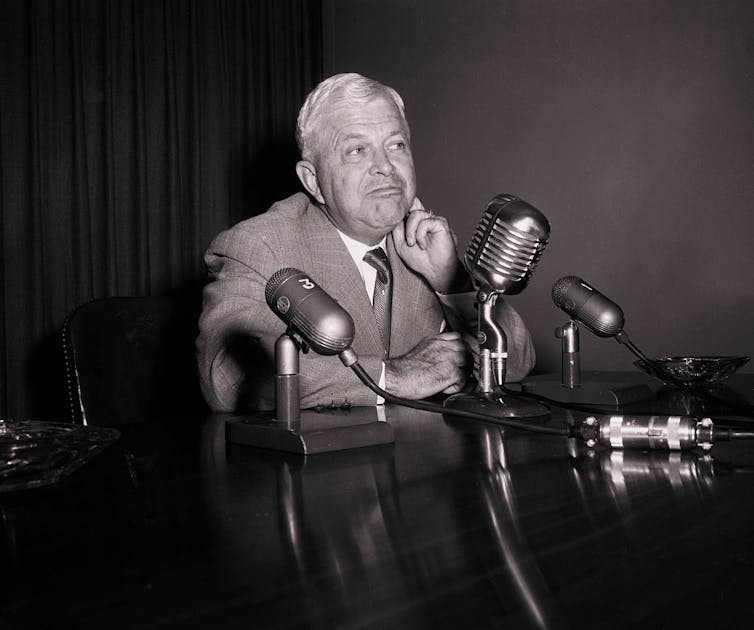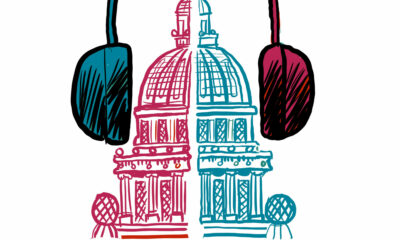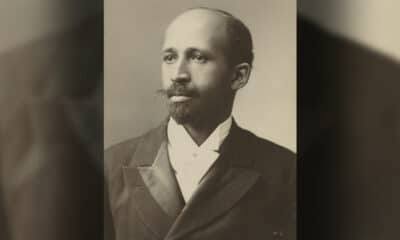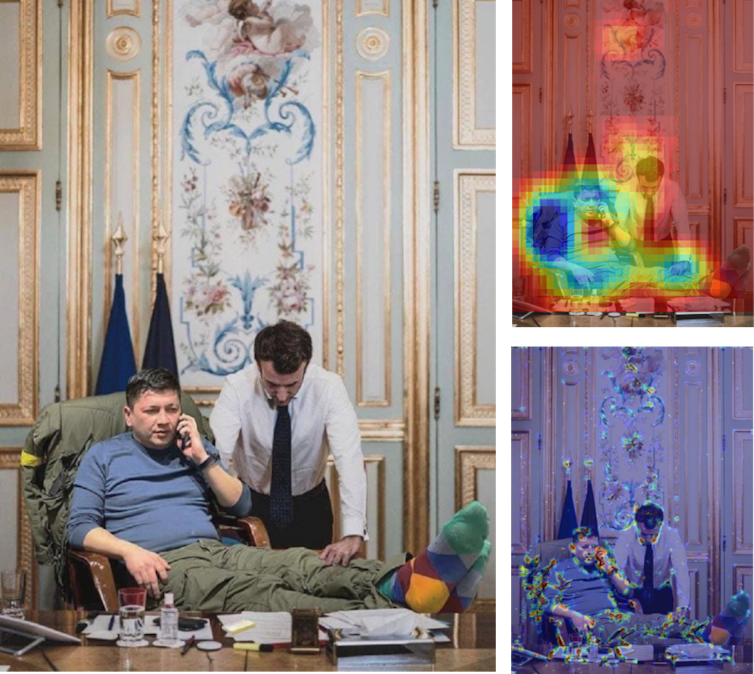
Frank Brennan/iStock via Getty Images Plus
Archon Fung, Harvard Kennedy School
Americans’ trust in government and politicians is at record lows. In a 2022 Pew Research survey, about two-thirds of respondents said that all or most people who run for office want to serve their own personal interests rather than the community’s.
I have taught political ethics to hundreds of public policy students at the Harvard Kennedy School over the past 25 years. One of the most important concepts we discuss is directly tied to that falling faith in government. It’s a term people love to throw around but can’t always define: conflicts of interest.
Conflicts of interest pervade public service and jeopardize the quality of government action by degrading officials’ judgments. Controlling such conflicts is essential to the success of democracy because all citizens rely on millions of officials – from the president down to the person analyzing water quality in your city – to do their jobs conscientiously, using their best judgment. Citizens’ safety depends on government action in countless ways: to keep drinking water, food and medicines safe; to protect everyone from dangerous products and from individual and corporate predators; to keep airplanes, cars and trains from colliding; to ensure access to education, health care and pensions.
But what counts as a conflict of interest? In the public sector, they arise when an official has “secondary,” private interests that may affect their judgment about how best to promote the public good. The more intense these private interests are – such as the promise of great financial gain or the welfare of loved ones – the greater the conflict and risk to public good.
Not just money
Secondary interests often stem from financial concerns: future employment prospects, corporate positions, stock holdings, real estate and gifts. But secondary interests can also arise from concern for the well-being of family members and friends.
A conflict between primary and secondary interests – public vs. private – threatens the public by clouding the good judgment of officials. They may be tempted, even unconsciously, to make decisions that achieve secondary interests at the cost of not doing their best to advance the public interest.
During his last weeks in office, for example, former President Joe Biden pardoned his son Hunter and, preventively, many members of his family. The Constitution establishes the president’s pardon power as a mechanism to correct miscarriages of justice in the court system. Did Biden’s concern for the welfare of his family – a secondary, private interest – cloud his judgment about how best to use this extraordinary power to pardon for the sake of justice, a primary, public interest? It is impossible to peer inside his mind, but anyone can see that there was a strong conflict of interest.
Many public officials mistakenly deny that there is a conflict at all. Charlie Wilson, a secretary of defense in the 1950s, was previously president and CEO of General Motors, a defense contractor. “For years I thought what was good for our country was good for General Motors, and vice versa,” he said during confirmation hearings. “The difference did not exist. Our company is too big. It goes with the welfare of the country.”

Bettmann via Getty Images
After Trump was elected in 2016, he famously said that “the president can’t have a conflict of interest.” It wasn’t true then, and it’s not true now. Conflict of interest is an ethical principle that applies to everyone acting in a public role. The principal law regulating conflict of interest in the federal government does exempt the president and vice president. However, the emoluments clause of the Constitution prohibits some conflicts of interest.
The president enters his second term with large private assets in social media platform Truth Social and cryptocurrency $Trump – industries that the United States is figuring out how to regulate.
When leaders have a conflict of interest, it doesn’t necessarily mean they make bad judgments or act corruptly. Nevertheless, such conflicts can reduce citizens’ confidence about their leaders’ judgment.
Cost for the country
Conflicts of interest create three problems for democracy.
Most important, the public suffers when officials’ judgments are compromised: when they are no longer doing their level best for Americans because they are concerned about various private interests rather than with citizens’ rights and well-being.
Second, conflicts of interest reduce trust and confidence in government and democracy. Even if officials who have large conflicts of interest resist the pull of secondary interests, members of the public may – especially in this time of cynicism about government – still suspect that their leaders are acting corruptly.
Third, when officials use their powers to benefit their private interests rather than the public interests, they profit from their offices: This is corrupt and unfair.
Reducing risk
Though conflicts of interest are ubiquitous, there are good strategies to mitigate and manage them.
Federal agencies, as well as many state and local governments, require officials to mitigate their conflicts of interest by divesting from secondary interests, such as shifting from specific stock holdings to general funds and resigning from positions on boards of directors. Most U.S. presidents since Jimmy Carter have put their substantial assets into blind trusts in order to manage their conflicts of interests. In a blind trust, the owner knows the value of the trust but not the particular stocks and other holdings in it.

PhotoQuest/Archive Photos via Getty Images
Transparency and disclosure is another common management tool. When information about officials’ secondary interests is publicly available, citizens can better understand the forces that affect the judgment of those in government. For example, people who have undergone Senate confirmation for high-level positions in the federal government must file extensive disclosures that detail their assets and many of their prior sources of income.
Biden disclosed 22 years of income tax returns. Other presidents have sometimes released several years of tax returns or parts of their tax records – in particular, how much tax they paid.
Finally, it is important to create offices and procedures with staff dedicated to monitoring and mitigating conflicts of interest. In the executive branch, the seventy-some staff at the Office of Government Ethics, and many more ethics officers across the federal government, regulate conflicts of interest and other ethical issues. In February 2025, Trump dismissed the office’s director, who had been confirmed by the Senate two months before.
Many states and cities have ethics commissions that adjudicate conflicts of interest, deciding when officials should recuse themselves from particular decisions in which they are conflicted. In 2002, for example, New York City’s Conflicts of Interest Board issued an advisory opinion about how multibillionaire Michael Bloomberg, the mayor at the time, should manage his conflicts of interest. They advised that he should recuse himself from all matters relating to the Bloomberg company, divest from large stock holdings and transfer those assets into professionally managed mutual funds, among other recommendations.
Wealth – and hyperwealth
Many conflict of interest measures are formulated with moderately wealthy individuals in mind. For example, the median wealth of a U.S. senator in 2018 was US$1.75 million. At that level, measures such as blind trusts, divestment and recusal are usually very workable.
Hyperwealthy multibillionaires, however, raise unprecedented conflict of interest concerns that are far more difficult to mitigate and manage. Because their financial interests are enormous and range across many parts of the economy, standard conflict of interest measures have proven difficult to implement.![]()
Archon Fung, Professor of Citizenship and Self-Government, Harvard Kennedy School
This article is republished from The Conversation under a Creative Commons license. Read the original article.


























































